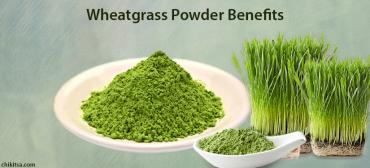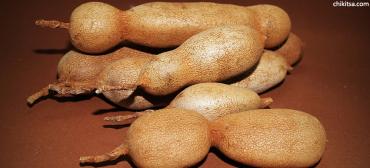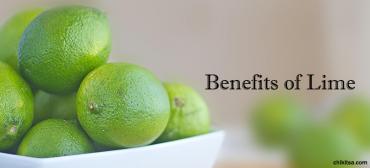Eating Green Leafy Vegetables During Monsoons

Monsoons everywhere bring great relief from the scorching sun by cooling down earth’s temperature and replenishing dried up water sources. Though they are welcome, the only flip side of the story is the host of dangers rains bring to people. Viral and bacterial infections fill up the breathing air and it is extremely difficult to escape a bout of viral fever. The biggest danger comes in the form of vegetables that we eat especially the green leafy vegetables. Tubers that grow under the earth, crawlers and plants that are very close to the soil level tend to accumulate millions of micro-organisms and do a lot more harm than you can imagine. E coli bacteria that cause diarrhoea are first in the list followed by salmonella and other bacterial pathogens.
Eating green leafy vegetables as a part of our daily diet is beneficial in many ways. They are the only sources of natural minerals and are easily digested and absorbed by the body. But before you get a bunch of fresh spinach or methi leaves during the rainy season, here’s what you should know.
- Torrential rains are houses for all kinds of bacteria, virus, fungi, mosquito larvae and other diseases causing organisms. Since rain water stagnates at places where leafy vegetables are grown, there’s a chance of the leaves getting accumulated by these micro-organisms and infecting them. Since our eyes cannot spot them, unintentionally we end up eating them.
- Natural sunshine acts as a disinfectant in killing all germs in the soil. Micro-organisms need cold conditions to thrive and the slightest of sun light can kill them. Also, sunshine dries up stagnated water and keeps the place germ free. Lack of sunlight during the monsoons is another great reason for them to thrive. Plants grown under conditions pose greater health risks.
- Contamination is another threat to all kinds of foods especially fruits and vegetables. Since markets and stores store vegetables under not-so-healthy conditions, bacteria are present in huge numbers. Leafy vegetables get contaminated very quickly and it takes a long time for the leaves to actually appear sick.
- Since the leaves are dull and look dead during the monsoons, there are chances of vendors treating them with unnatural dyes and colours to improve their appearance. Such chemicals cause more damage than micro-organisms and the results can be drastic.
Skipping green leafy vegetables all through the rainy season sounds impossible. This is tough for vegetarians who have no other option except to binge on vegetables. To save yourself and your family from getting affected by diseases, here are a few cleaning tips that can remove atleast 50% of germs in the leaves.
- Always be watchful while buying green leafy vegetables. Pick up leaves that appear lively and fresh. Prefer those that are sold without any plastic packing.
- Look for tiny worms or insects that sit in corners and crevices. Cabbage, cauliflower and broccoli are the ones that are a cosy home to insects. It is just so difficult to spot them.
- Soak all leaves or other leafy vegetables in salt and warm water before cooking. This kills germs and other insects. You can also add a little turmeric to the water to make it more effective.
- Cut down on salads that involve eating of leaves without any cooking process. Green leafy vegetables must always be steamed, baked, boiled or fried before consumption. The heat plays a key role in sanitising them.








